Details are sketchy and the deal is far from done, but all the signs are pointing towards a hostage agreement in which up to 50 Israelis are released by Hamas in return for a ceasefire of several days.
Make no mistake: this indicates that both tactically and strategically, the war is moving decisively in Israel’s favour. This much seems obvious when the prospective, Qatar-brokered deal is held against the hostage playbook that has been followed by both sides over the years.
By that old equation, one Israeli captive was worth up to a thousand Palestinians. That was seen most vividly during the Gilad Shalit prisoner exchange in 2011, when 1,027 Palestinian convicts were released in exchange for Shalit, a cousin of a friend of mine, who had been held in Gaza for five years.
From Israel’s point of view, the folly that lay embedded in that humanitarian deal became painfully clear on 7 October. Not only was the mastermind of the atrocities, Yahya ‘the Butcher of Khan Yunis’ Sinwar, one of those released in 2011, but he had received lifesaving treatment for a brain aneurysm while in captivity in Israel, where he was serving four life terms for the murder of two soldiers.
Yet this was the old understanding that Hamas carried into its hostage-taking strategy last month. Manuals for seizing Israelis were found on the bodies of dead terrorists: it was obviously a strategic objective, and it is easy to see why.
In an interview with Saudi television on 19 October, former Hamas leader Khaled Mashal showed how his group had returned triumphant to Gaza under the illusion that nothing had changed.
‘The rule we follow is that prisoners are swapped for prisoners,’ he said. ‘We took over 1,000 prisoners in exchange for Gilad Shalit. Today, we have in our hands dozens of soldiers and officers. Inshallah, we will use them to empty the [Israeli] prisons.’
Setting aside the necessary observation that there is, of course, no equivalence between convicted Palestinian murderers serving legitimate sentences and Israeli hostages, it was evident by 8 October that Hamas had overplayed its hand.
If the terrorists had taken fewer than teen hostages and killed a small number of civilians, they might have retained some bargaining power. But they seized them in such numbers, and butchered so many innocents with such savagery, that they caused Israel to rip up the playbook and effectively signed their own death warrant.
In the minds of the Israeli leadership and public alike, the question was settled. Hamas had to be destroyed, whatever the cost. As important as it was to secure the release of captive Israelis, the overwhelming objective was now to create a new future in which such appalling events could never happen again.
Giving Mashal and his cronies a deal that allowed their group to survive would only set up other massacres in the future (this was made explicit by another senior Hamas official, Ghazi Hamad, who told Lebanese television that 7 October was ‘just the first time, and there will be a second, a third, a fourth’ until Israel supposedly collapses). Securing the release of hostages at the price of allowing Hamas to exist would only store up more hostages in the future.
By its gruesome successes, Hamas was the author of its own demise. So why are the Israelis talking of a hostage deal now?
Jerusalem knows that for the jihadis, it is a sign of desperation. Nobody knows the number of belligerents among the Palestinian dead, but there will be heavy losses.
Moreover, Israeli forces had anticipated a much more difficult fight. Hamas has had years to prepare the battlefield. In the event, however, the booby-traps, ambushes and other guerrilla tactics have so far been far weaker than feared, allowing the IDF to make swift progress until it controlled Gaza city. (What’s more, in further cheering news for Israel, Iran signalled last week that it would not join the fray, blaming Hamas for launching the operation behind its back.)
What Hamas has in fanaticism, Israel has returned in solidarity. Despite the incompetence and division of the Jewish state’s political class, and in the face of a tsunami of noxious condemnation internationally, the country has pulled together in a remarkable show of unity.
It is clear that Hamas needs this ceasefire. It needs the humanitarian aid that the deal will unlock; expect to see terrorists seizing supplies from civilian depots and squirrelling them away underground.
From Israel’s point of view, a deal has the obvious benefit of the reunification of about 50 families. But in the light of its uncompromising stance towards the destruction of Hamas, it is striking that Israeli generals see the advantage to the enemy as one that is easily absorbed.
It is too early for celebrations. But this war is going badly for Hamas. There are signs that its own people are turning against the group: several videos have emerged of Palestinians openly criticising their terrorist overlords, and a former Gazan colleague of mine, currently in the south, has been sending me remarkable messages of admiration for the IDF. Talk of a hostage deal tells us one thing: the war is far from over, but right now Hamas is on the ropes.
Jake Wallis Simons is author of Israelophobia: The newest version of the oldest hatred and what to do about it.
Got something to add? Join the discussion and comment below.
Get 10 issues for just $10
Subscribe to The Spectator Australia today for the next 10 magazine issues, plus full online access, for just $10.

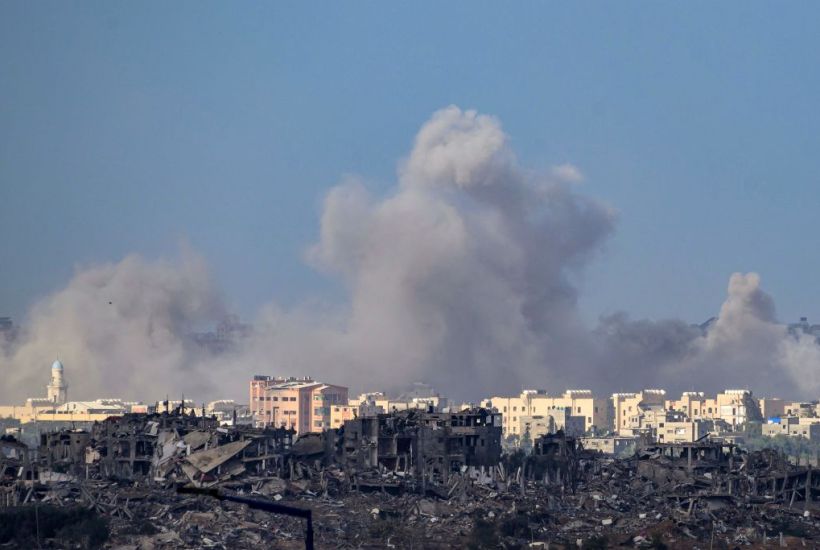
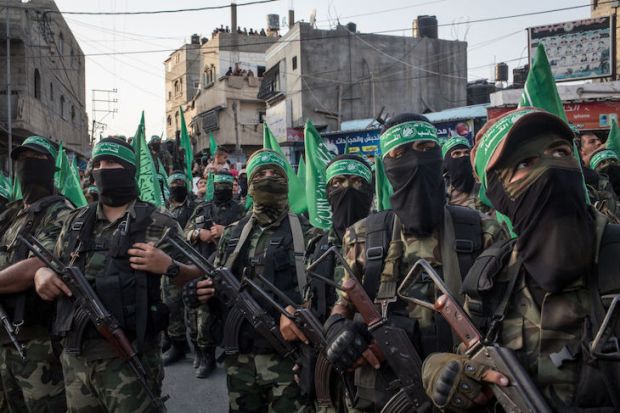
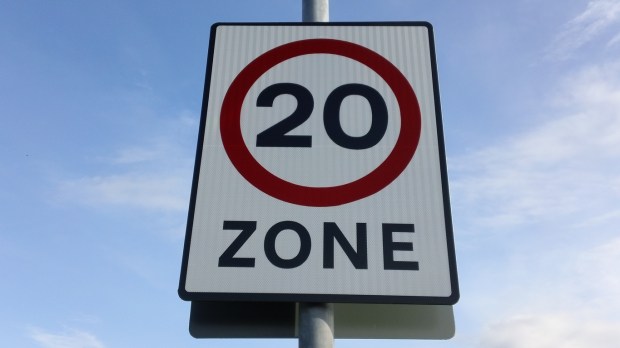
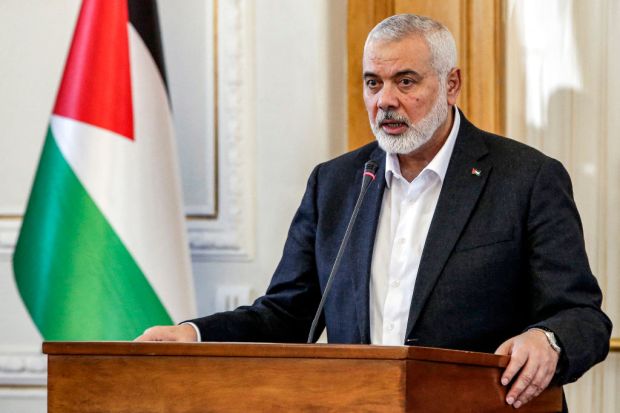
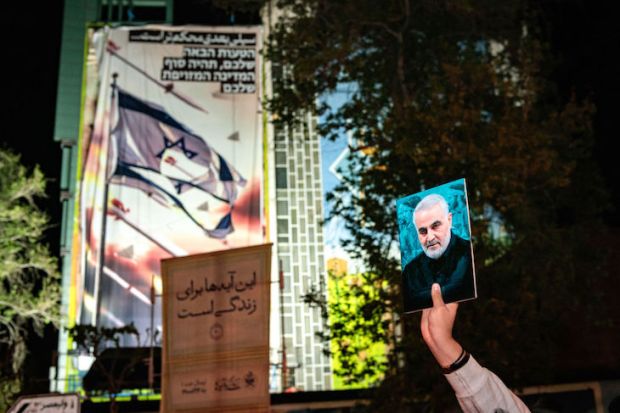
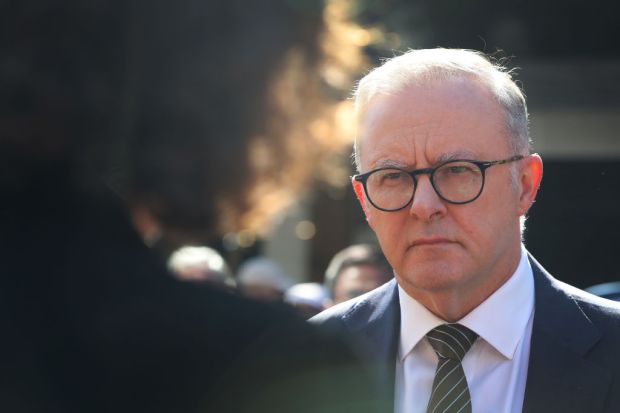












Comments
Don't miss out
Join the conversation with other Spectator Australia readers. Subscribe to leave a comment.
SUBSCRIBEAlready a subscriber? Log in